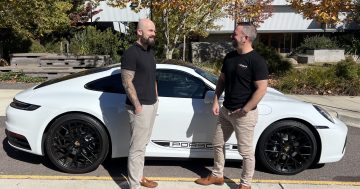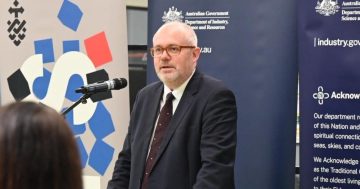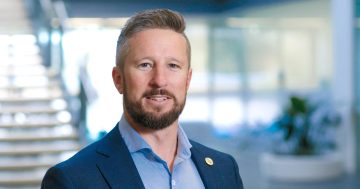While Brian de Haaff* is dedicated to the search for new ideas and ways to do things, he says this should not come at the cost of leaving details neglected or unfinished along the way.
 Developing new ideas, digging into new projects, solving new problems — these are the things that fuel me.
Developing new ideas, digging into new projects, solving new problems — these are the things that fuel me.
It is easy to stay energised because building is a rewarding loop.
When you get it right, you create value for yourself and others.
However, it is not as easy to love the defects that you and others create along the way.
It is natural to focus on the good. Most people want to put energy towards what is going well.
It takes real determination to put that same level of energy towards seeing and fixing what is wrong.
It is even harder to keep pressing and pushing to understand why something is broken and hunt for the best solution.
For leaders and project builders, this paradox is critical.
We have to keep working and building until what we have delivered is right.
This vigour is not something to reserve just for long-term efforts or big launches.
The same gritty attention is needed daily to drive value in everything you work on. So, how do you do this?
You can do it with a mindset of gratitude — feeling fortunate to be able to create and solve problems no matter what it is you are working on.
I have written a lot about the idea of lovable products.
In 2013, I first proposed a counterpoint to the Minimum Viable Product — what I call the Minimum Lovable Product.
The idea being that you should aim for your product or service to be loved, not merely tolerated.
To do so, you need to be grateful for the opportunity to try and be proud of whatever it is you are working on.
Building something lovable requires that you cherish all of it — even the defects.
We have had a few of these experiences at Aha! — in a way, the company itself embodies that spirit of all-in pride.
You can see it in how we previously built businesses and the very different approach we took with this company.
No venture capital, no salespeople, no offices.
We saw what was just not quite right with our previous efforts, kept working until we got the company really right, and the results are uniquely Aha!
More tactically, I have seen this play out in other ways.
A specific example is how we realised a number of years ago that we needed a better way to support our largest and most demanding customers.
We got it right by being open to the level of service they kept telling us they wanted.
We added the Enterprise+ plan and offered a concierge service to ensure we could support sophisticated teams as their usage of Aha! expanded across the company.
Over time, the scope of exactly what we delivered became more refined — custom on-boarding, training, and ongoing check-ins.
We kept working at it until we got the right model.
Deep inspection of what can be better ultimately leads to adjacent insights and new opportunities.
I always appreciate learning what is broken and having the opportunity to work with exceptional people to make it great.
Surrounding myself with people who are intrinsically motivated to do their best — so much so they cannot help but keep working until it is right — is the best path to success.
I have realised that newness can only thrive when brokenness is given equal attention.
Call it a paradox — seeking the new while honouring what must be refined.
I think more of both is what every one of us needs to be our best and make products and services that people value.
*Brian de Haaff is the Chief Executive of cloud-based software company Aha! He can be contacted on Twitter @bdehaaff.
This article first appeared on the Aha! company website.











